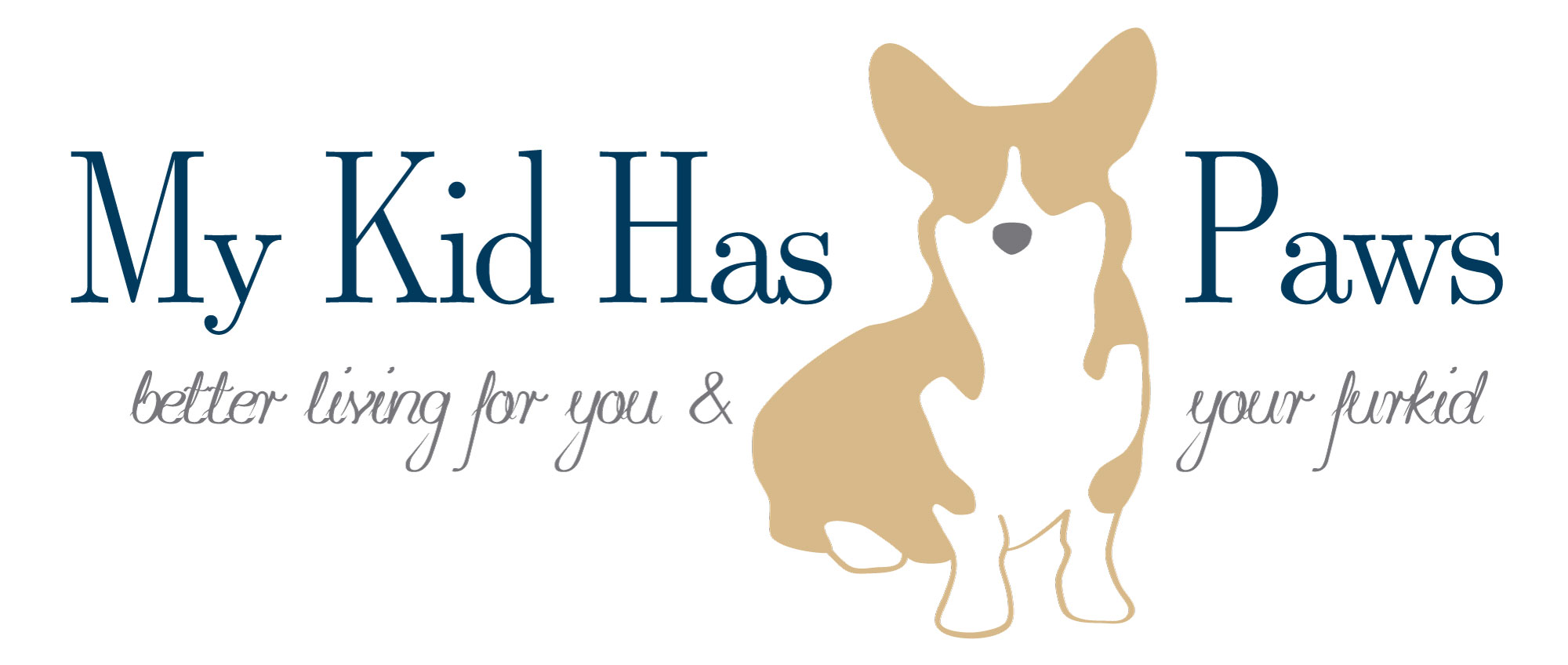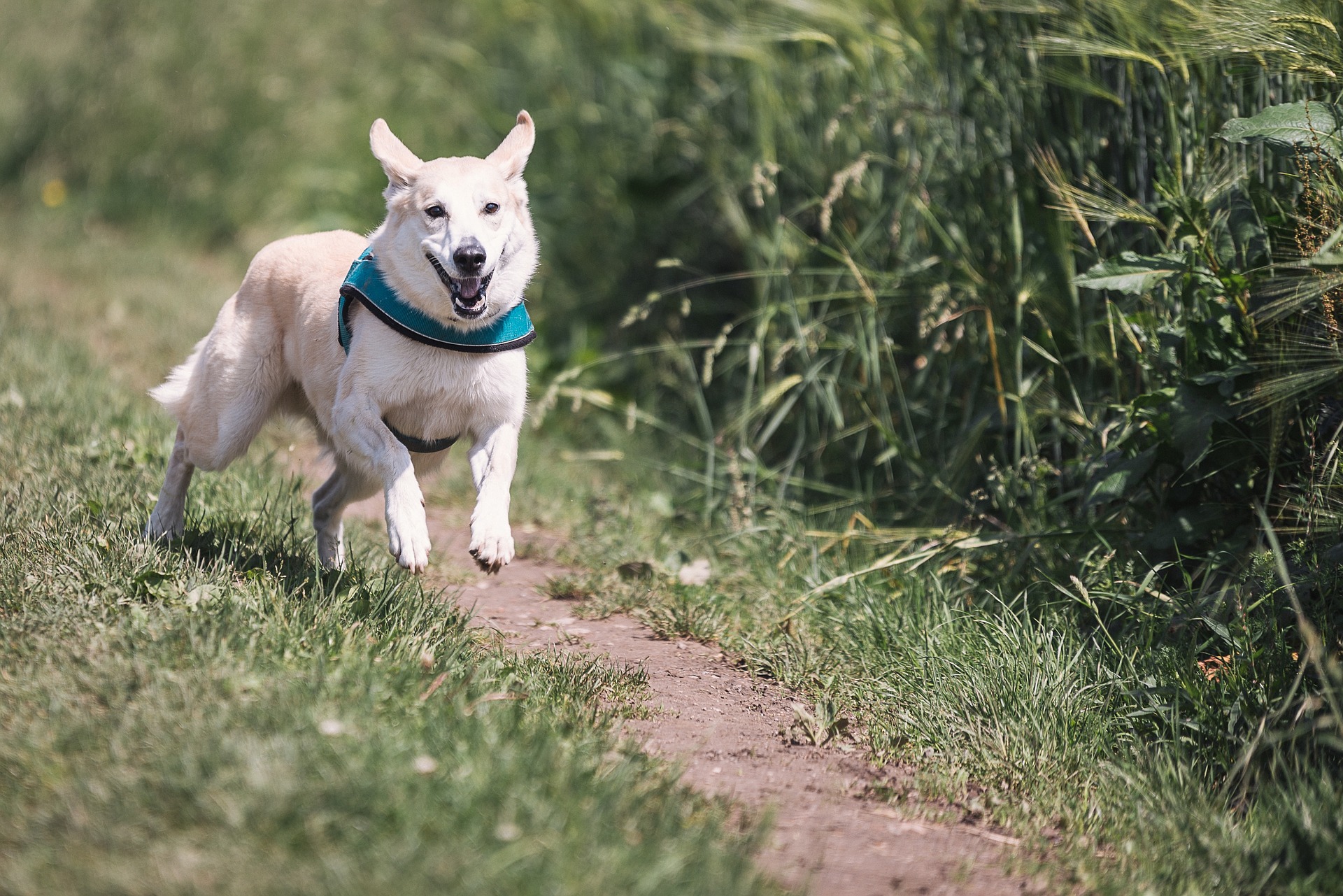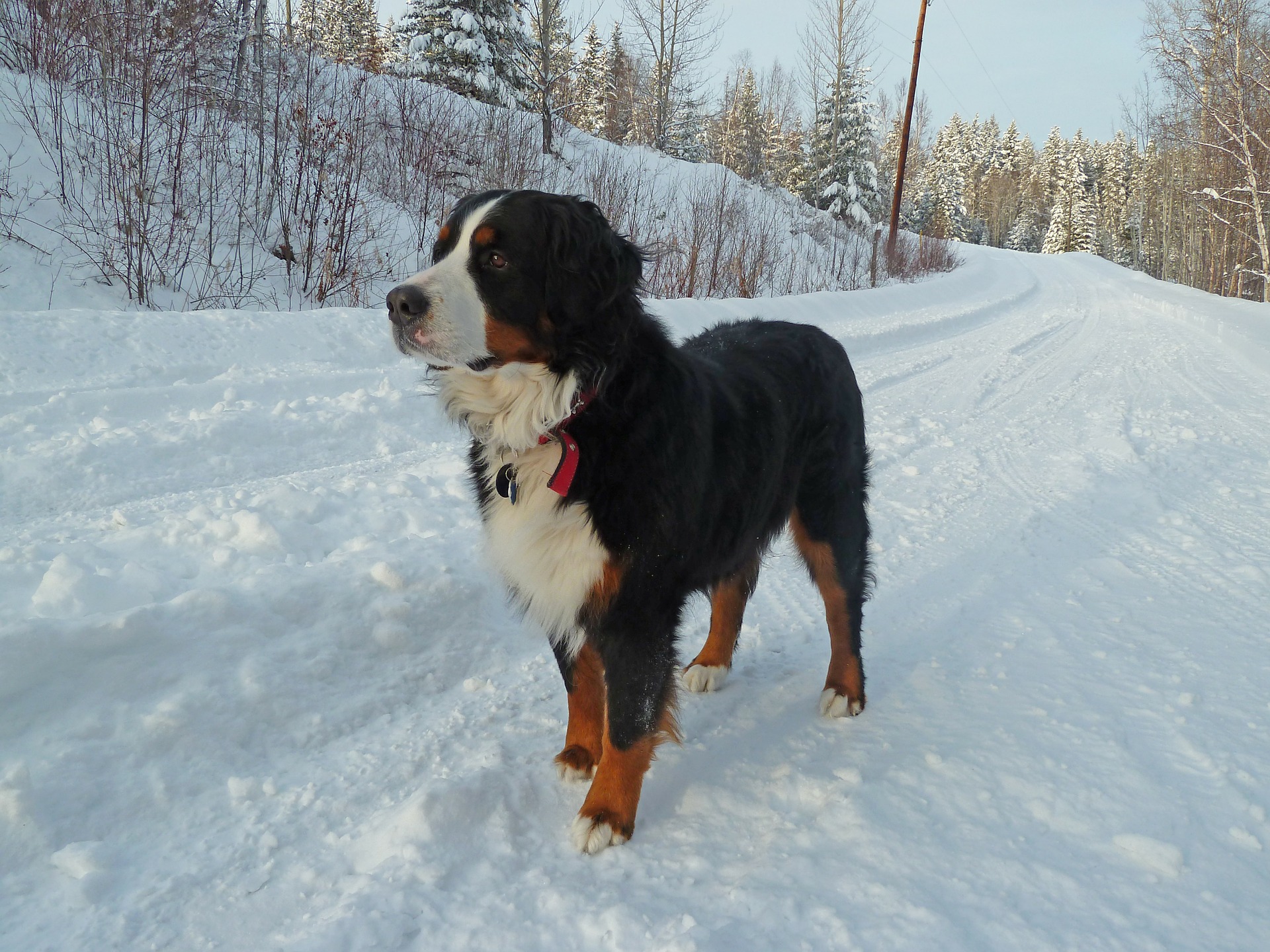Please note: This post is an educational resource for common pet poisons (i.e. not for emergencies). If you believe your pet has ingested something toxic, please visit the Pet Poison Helpline or ASPCA Poison Control site (includes horse toxicity information) for a more comprehensive list, or call them at 855-764-7661 or 888-426-4435 respectively.
It’s really scary to think about how many pet poisons there are in the world.
As a matter of fact, I am the one in our dog-friendly office constantly checking the floor to make sure there nothing poisonous for pets has been dropped (like coffee beans and chocolate). To some people I am sure I seem a bit crazy, but to others who understand what these items can do to pets, I’m sure (I hope :)) that they appreciate my diligence.
The truth is however, you aren’t going to have a former veterinary professional walking around with you making sure your pet stays safe and doesn’t eat anything poisonous. To be honest with you, even if you did have a veterinary professional with you, most veterinary professionals still have to look up the types of plants that are poisonous because there are SO MANY!
We have covered this topic a variety of times over the years, and yet, there is still more to share!
Today, our friends at Petcurean want to share with you some common pet poisons so that you can keep your pets (and other people’s pets) safe with your knowledge!
Top 3 Items to Avoid for Dogs:
- Chocolate – Most pet lovers know that chocolate is a big no-no for Fido. Chocolate is harmful because of a toxic agent called theobromine, which can make your pup extremely ill and even lead to death.
- I would add that it really matters what type of chocolate your dog ate! A super handy tool for helping you figure out if your pet is in a dangerous situation is PetMD’s Chocolate Toxicity Meter.
- Grapes – A lesser known fact, grapes can lead to kidney failure in dogs. If you want to give your pup a sweet and healthy treat, opt for blueberries instead.
- Mushrooms – If you have a dog that spends a lot of time outside, it’s crucial to check your yard for mushrooms. There are many species of mushroom that are toxic to pets, such as the Amanita phalloides or ‘Death Cap’ mushroom, a potent poison at only 3 grams. Since there’s a multitude of other species that can harm your pet, it’s best to keep your lawn clean of any mushrooms just to be safe.
- If you suspect your pet has ingested a poisonous mushroom, take them to the vet and bring the mushroom so the clinic can identify what type of toxin or poison they are dealing with.
- In my own professional experience I have seen many dogs eat mushrooms, and the best thing you can do is act quickly and take them to the vet immediately! Mushrooms are very difficult to identify so it’s safer to assume that any mushroom your dog ate is poisonous and seek veterinary treatment!

Top 3 Items to Avoid for Cats:
- Tuna – Although tuna is the classic delicacy for a cartoon cat, you should only feed your cat tuna when it’s produced in a cat food format. Tuna made for humans can cause digestive problems in your cat if fed as an occasional treat. Feeding them tuna on a more consistent basis can cause a painful condition called steatitis, or inflammation of the body’s fat.
- Dairy products – Perhaps as iconic as cats and tuna, cats and milk are also a popular pairing. However, as cats age, they can become lactose intolerant causing them to vomit or have diarrhea after ingesting dairy.
- Lilies – The most common type of lily is toxic to cats only. If your cat eats a lily, it can lead to kidney failure which, if not treated quickly, may result in death.
- Unfortunately, these are particularly popular this time of year and it can be a very big concern for pet parents.
HARMFUL PLANTS: Many common household plants can have negative effects on your beloved pet. Check your home and make sure you don’t have any of these around!
- Aloe – There are more than 500 species of aloe vera, all of which are poisonous to your pet. Its toxin, saponin, acts as a defense mechanism and will harm your pet if ingested.
- English Ivy – English Ivy is one of the most common forms of ivy to grow along the sides of walls and fences, making them easily accessible by outdoor pets and therefore, especially dangerous.
- Sago Palm – This plant is also a common landscape feature, but a little more difficult for your pet to eat. However, Sago Palm is highly poisonous to pets and can even be fatal.
- Shamrocks – While relatively harmless in small quantities, a large consumption of shamrocks can lead to kidney failure in your pet.
Unfortunately, this list of poisonous plants is only the beginning! If you aren’t sure about the plants in your yard, it’s important that you take inventory and revisit the design of your yard. I will say that many pet parents think to themselves that their pet isn’t going to eat the plants in their yard because they haven’t yet. But the truth is, you never know. Your pet may feel mischievous, or bored, or stressed one day and start eating items in your yard.
For Renters:
We rented a home for a few years and the yard definitely had some poisonous plants in the back yard. Thankfully, all of the plants were considered mild to moderately toxic. The problem was that we weren’t able to rip up the plants because it wasn’t our yard.
If any of the plants were extremely toxic, we would have made a formal request to have them removed. However, we opted to have Rooney’s time outside monitored. We were always outside with him and provided him with distractions so that he wouldn’t try to eat the plants. Rooney is very mischievous and will definitely try to eat anything that looks interesting.
I would love to know what other solutions renters have used to keep your pets safe, so please share in the comments!
I want to thank our friends at Petcurean for sharing this valuable information with our readers. Have you had a pet poison learning lesson? Please share in the comments! Your story could help other pet parents keep their dogs and cats safe!
Every My Kid Has Paws reader can enjoy a $5 off coupon to try any Petcurean recipe using coupon code PAWSOME8 which can be redeemed at Petcurean.com/pawsome!
Disclaimer: I am a Petcurean blogger. I was provided with food and compensation so that Rooney and I could provide our honest opinion. However, Petcurean is the food we feed Rooney every day. My Kid Has Paws only shares reviews we believe benefit our readers.




M. K. Clinton
March 26, 2018 at 12:06 pmWe are constantly picking things up so the boys don’t try to eat them. It is especially important to be vigilant on our walks because they live to find something on the trails. LOL!
M. K. Clinton recently posted…BFTB NETWoof News March 26, 2018
Anna Sakila
April 12, 2018 at 2:24 amThank you for the post. Avocado should be considered to add to the list but it’s ok because this is a list of top 3 items 🙂